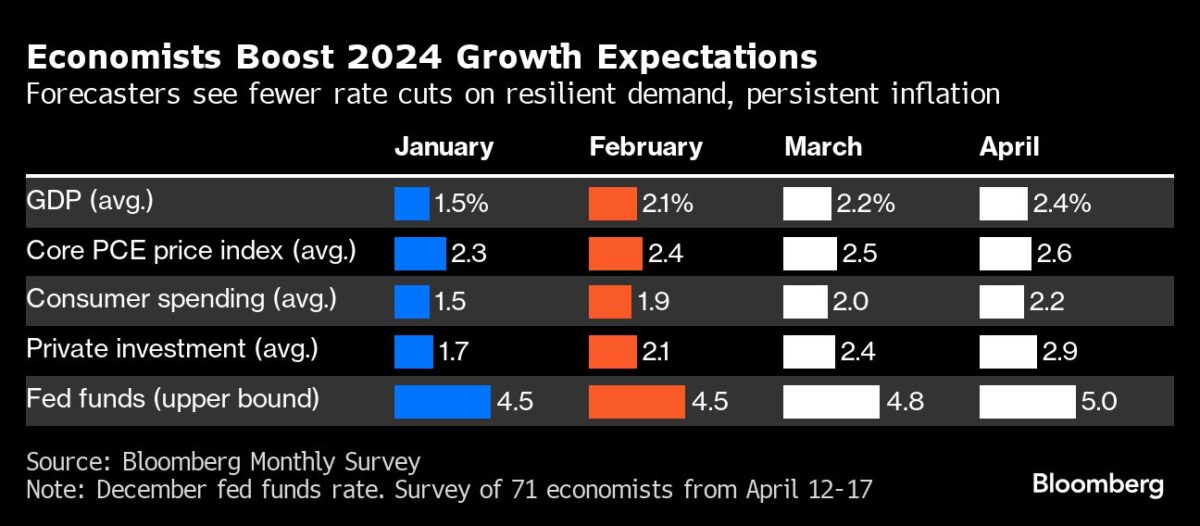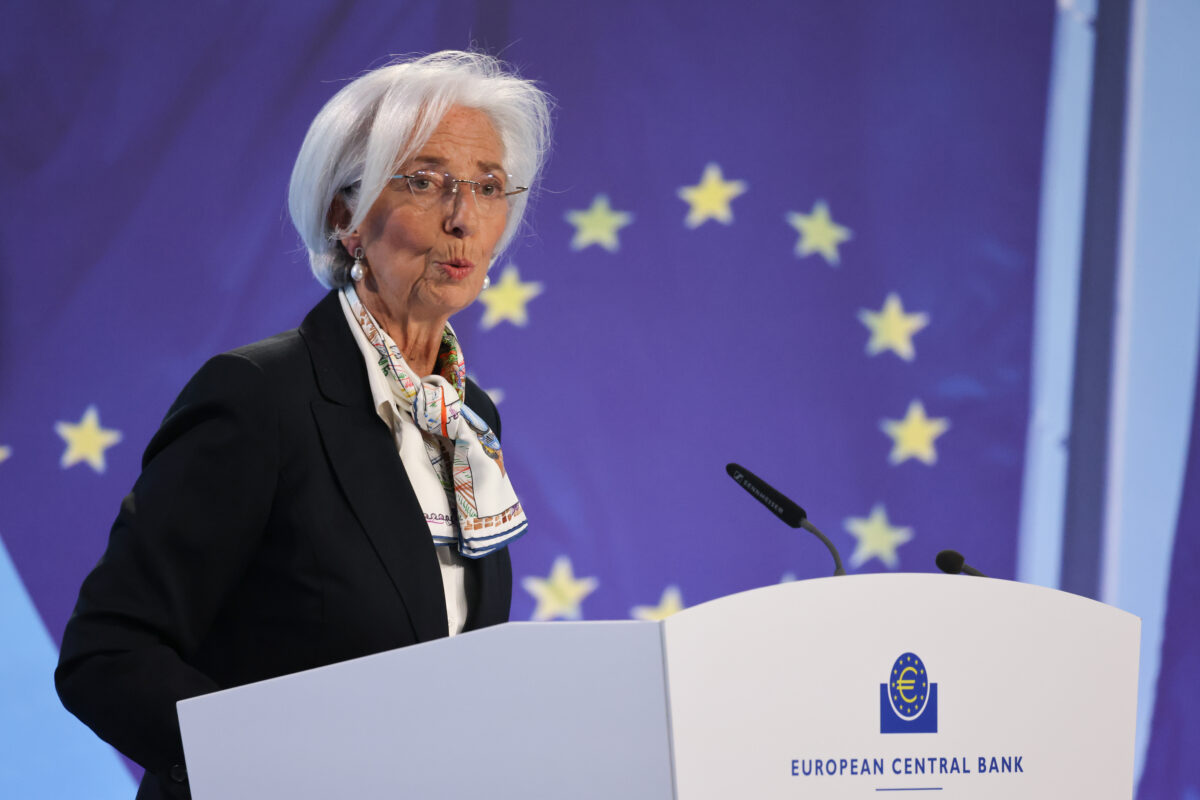FMW-Redaktion
Die EZB hat vor wenigen Minuten einen Erklärungstext veröffentlicht, in dem sie ihr Anleihekaufprogramm (Quantitative Easing / QE) und die gewünschten Auswirkungen noch einmal grundsätzlich erklärt.

Mario Draghi muss und will es allen beweisen – sein Anleihekaufprogramm funktioniert. Foto: EZB
Die EZB erwähnt, dass sie mit ihren Anleihekäufen ja nicht nur Staatsanleihen, sondern auch sogenannte „Asset backed Securities“ aufkauft, die mit Krediten an Haushalte und Unternehmen verbunden seien. Dadurch dass die EZB solche Papiere aufkaufe, würden die Preise dieser ABS-Papiere steigen – dies wiederum würde die Banken ermuntern noch mehr Kredite herauszugeben und damit mehr ABS-Papiere zu bauen. Die größere Angebotsmenge an Krediten würde dann zu niedrigeren Zinssätzen für Kreditnehmer führen, worauf man abziele.
Interessant ist diese Erläuterung, denn damit stellt die EZB das Erreichen geringer Zinssätze als Ziel in den Vordergrund – das höhere Volumen an Krediten wird nicht als Ziel erwähnt, sondern wird nur nebenbei erwähnt. Die Zinsen sind in der Tat zuletzt leicht gesunken. Aber wie wir vor Kurzem schon aufzeigten, ist das Kreditvolumen nur minimal gestiegen – so gering, dass man es eigentlich gar nicht erwähnen dürfte. Was nützen niedrigere Zinsen, wenn nicht mehr Kredite vergeben werden als vor dem QE? Nur mit einem steigenden Kreditvolumen kann auch mehr investiert, produziert und konsumiert werden – was nützt da der billigere Zins?
Unseren Artikel mit konkreten Zahlen zum Kreditvolumen in der Eurozone finden Sie hier.
Mario Draghi´s Aussagen von gestern, dass das Anleihekaufprogramm der EZB „total super“ funktioniere, bringt ein ernstes Problem mit sich. Je mehr er davon spricht, dass seine Politik funktioniert und die Volkswirtschaften in der Eurozone dadurch belebt werden, desto mehr können sich die nationalen Regierungen bei ihrer eigenen Wirtschaftspolitik zurücklehnen und Strukturreformen, Investitionsprogramme etc verschieben oder gleich ganz absagen – denn die EZB kümmert sich ja drum…
Hier der Text der EZB im Original:
Why do we need an asset purchase programme?
In normal economic times the ECB steers broader financial conditions and, ultimately, macroeconomic developments and inflation by setting the short-term key interest rates. But, as a result of the global financial crisis, key interest rates have come close to their effective lower bound – the point at which lowering them further would have little to no effect. Therefore, the ECB turned to non-standard measures to address the risks of a period of low inflation lasting for too long, and to bring inflation back to levels below, but close to, 2% over the medium term, which is the Governing Council’s definition of price stability. Asset purchases are one of the non-standard measures the ECB is using to achieve this.
How does the asset purchase programme work?
Under the expanded asset purchase programme (APP), the ECB buys a range of assets including government bonds, securities issued by European supranational institutions, asset-backed securities and covered bonds at a pace of €60 billion per month. Such asset purchases influence broader financial conditions and, eventually, economic growth and inflation, through three main channels:
Direct pass-through
When the ECB buys private sector assets, such as asset-backed securities and covered bonds, which are linked to loans that banks grant to households and firms in the real economy, the increased demand for these assets drives up their prices. This encourages banks to make more loans, which they can then use to create and sell more asset-backed securities or covered bonds. The increased supply of loans tends to lower bank lending rates for companies and households, improving broader financing conditions.
Portfolio rebalancing
The ECB purchases private and public sector assets from investors such as pension funds, banks and households. These investors may choose to take the funds they receive in exchange for assets sold to the ECB and invest them in other assets. By increasing demand for assets more broadly, this mechanism of portfolio rebalancing pushes prices up and yields down, even for assets that are not directly targeted by the APP. This results in reduced costs (the effective market interest rate) for companies seeking to obtain financing on the capital markets. At the same time, the compression of yields on securities encourages banks to lend to companies or households. The increased supply of bank lending to the real economy tends to lower the costs of borrowing for households and firms. If, on the other hand, investors use the extra funds to buy higher-yielding assets outside the euro area, this may also lead to a lower euro exchange rate, which tends to put upward pressure on inflation.
Both the direct pass-through and the portfolio rebalancing channel improve broader financial conditions faced by companies and households in the euro area. By lowering funding costs, asset purchases can stimulate investment and consumption. More dynamic demand from both firms and consumers will eventually contribute to returning inflation to below, but close to, 2% over the medium term.
Signalling effect
Finally, asset purchases signal to the market that the central bank will keep key interest rates low for an extended period of time. This signalling effect reduces volatility and uncertainty in the market regarding future interest rate developments. This is important because it guides various investment decisions. Interest rates charged on long-term loans, for example, will remain lower as banks anticipate a protracted period of low interest rates.
The ECB’s asset purchases underscore its commitment to fulfil its mandate by using these channels to actively address the risks of a period of low inflation that lasts for too long. This serves to reassure investors that inflation will be around levels that are below, but close to, 2% over the medium term – a precondition for sustained growth in an environment of price stability.
–
–
–
Quelle: EZB
Kommentare lesen und schreiben, hier klicken













Ich hätte auch gerne jemanden, der mir jeden Schrott zu hohen Preisen abkauft und dann noch erklärt, das sei eine tolle Idee!
Je mehr man sich erneut erklären muss, desto mehr sollte einem das fragwürdige Zurückschauen des eigenen Umfeldes zum Nachdenken anregen.